A TRAVEL NEWS ARTICLE ABOUT PICARDY IN FRANCE
Mud, mud, glorious mud. There may be nothing quite like it for cooling the blood, but most people tend to shy away when it comes to having physical contact with the stuff. Yet if you want to really connect with nature, there’s no better way than simply discarding your shoes, wading right in and enjoying the peculiarly satisfying sensation of cool, silky mud enveloping your feet and squelching delightfully between your toes.
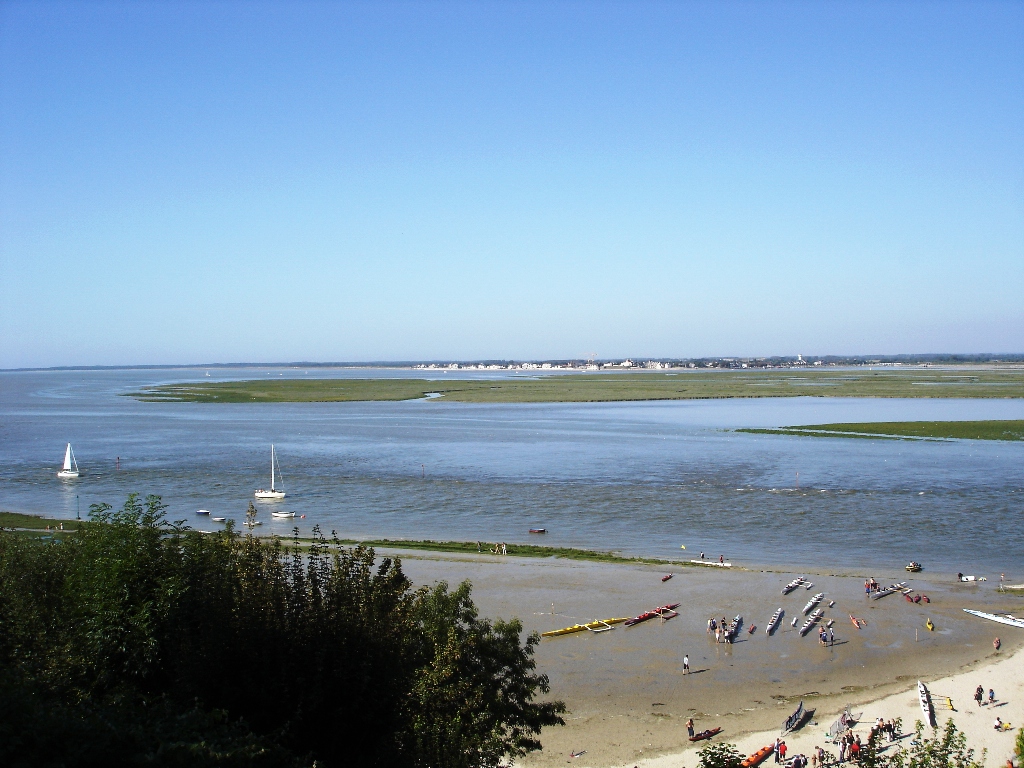
The Baie de Somme
We encountered these sensual properties of mud first-hand on a guided walk across the Baie de Somme, on the coast of Picardy in northern France. At 72 square kilometres – large enough to accommodate most of Paris – it’s a vast area of tidal mudflats and salt marshes created where the River Somme empties into the English Channel.
Guided walks are the only way to safely negotiate this wild landscape, where quicksand and racing tides present a danger to the unwary. Starting from the charming waterfront village of Le Crotoy, we’re led across a watery wilderness of sand and mudflats, at times wading through knee-deep channels as the landscape drains under the falling tide.

Le Crotoy
Pausing to dig for lugworms and clams buried deep in the ooze is a fun way to learn about the bay’s ecology. On higher ground there are vegetated salt marshes, where we’re encouraged to taste such edible plants as samphire and sea aster, both of which are harvested by local people in season. Perhaps unsurprisingly, everything just tastes salty, though we’re promised that when cooked in butter with a hint of garlic, samphire is actually quite the delicacy.
The walk ends at the pretty town of St Valery-sur-Somme, six kilometres away on the far shore of the bay. Here, there’s just enough time to explore the medieval walls and grab a quick crèpe before catching the rickety steam train back to Le Crotoy. There’s a shared sense of contentment as we chuff around the bay, watching the marshes slowly disappearing as the tide begins to creep back in.
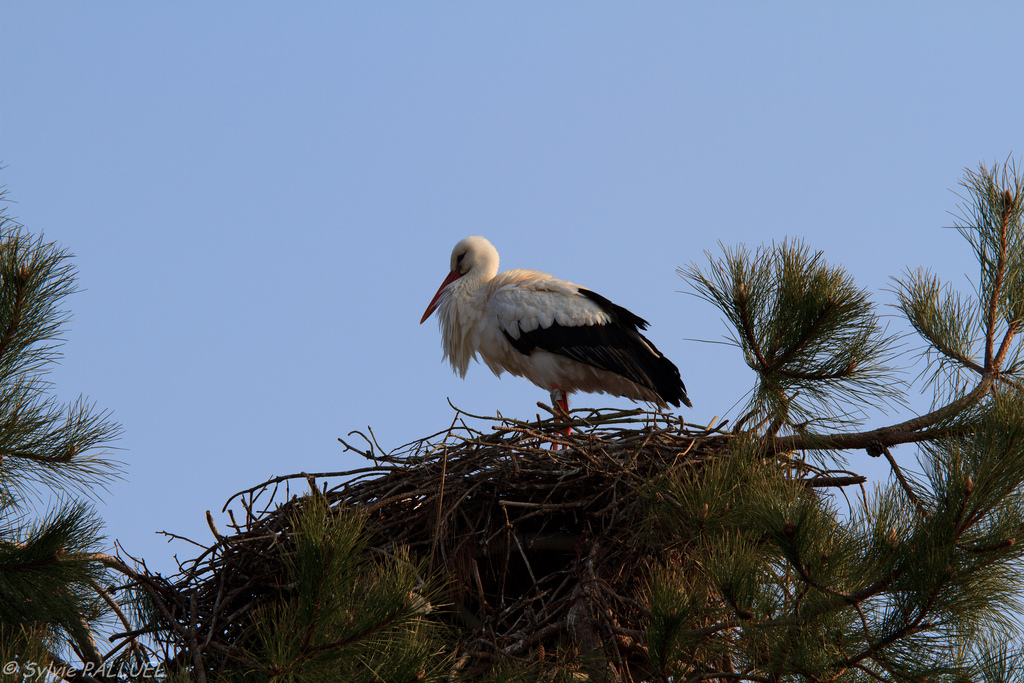
Parc Ornithologique du Marquenterre
There's more walking to be had nearby at the Parc Ornithologique du Marquenterre, a 200-acre nature reserve on the northern shores of the bay. Marquenterre comprises an extensive network of pools, lakes and meadows linked by over six kilometres of clearly marked walking trails. The reserve's various habitats are managed specifically for their ornithological interest - and with over 200 species of bird known to frequent the reserve (many of which are rare or unknown in the UK), they're clearly doing something right.
One species that's on most visitors' wish-lists is the rather comical European Spoonbill. These snow-white, long-legged birds are characterised by oversized, spatulate bills that seem more like the product of a child’s imagination than the handiwork of Mother Nature. France is home to three breeding colonies of this bizarre yet strangely endearing species, but this is the only one that can be easily observed by the visiting birdwatcher.
In addition to the Spoonbills, many hundreds of wintering ducks, geese and wading birds find refuge here from trigger-happy hunters that shoot over the wider area. In the summer months, elegant Avocets and tumbling Lapwings nest on the wetlands, while enigmatic White Storks stride gracefully along the water’s edge on the look-out for frogs to feed their hungry chicks.
Knowledgeable guides are on hand to help visitors identify the various avian attractions, plus there are excellent viewing opportunities from the 14 sheltered ‘hides’. For me, the observatory overlooking the heronry is a particular highlight for its uninterrupted views of storks, spoonbills and four types of heron nesting colonially in the treetops. It's a dizzying spectacle of non-stop activity set against a cacophonous soundtrack (not to mention the stench of guano), with the whole experience being quite unforgettable.
It’s not just serious birders who flock to Marquenterre; the nature trail, gift shop, restaurant and horse-drawn carriage rides make it equally popular with families and day-trippers. In a country with more than a million registered hunters, Marquenterre’s important role in enthusing local children about the wonders of nature cannot be underestimated.
There’s also plenty of wildlife interest to be found beyond the confines of the Parc Ornithologique, which constitutes only a fragment of the wider, 3,000-hectare Réserve Naturelle de la Baie de Somme. This vast area of mudflats, dunes and pine forests is home to a remarkable array of creatures, from falcons and seals to deer and wild boar. Access is controlled to minimise disturbance, but there are several guided tour options for the more adventurous, be they on horseback, kayak or your own two feet.
All that fresh air and open space provides a wonderful sensation of nature in the raw and a few active days leaves us feeling revitalised, invigorated and really rather pleased with ourselves. With options encompassing gentle strolls, hardcore hikes and even a good, honest squelch in the mud, there's plenty to appeal to even the most outdoorsy traveller in this picturesque corner of France.
Getting there:
To book Eurostar tickets and connecting trains click on the Rail Europe advertisement on this page. For general information on Picardy, visit www.picardietourisme.com.
You may also like to read
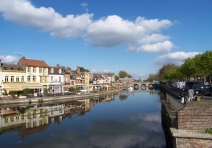
FRANCE - SOMME OTHER THINGS TO SEE
Tour-smart introduces our travel fans to the Bay of Somme - a member of the “Club of the Most Beautiful Bays in the World”.
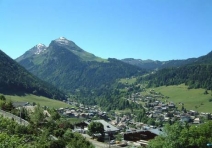
FRANCE - POSITIVE ATTITUDE
Robert Ashton and family took themselves off to the Savoie Mont Blanc region of France and write his report for Tour-smart readers.
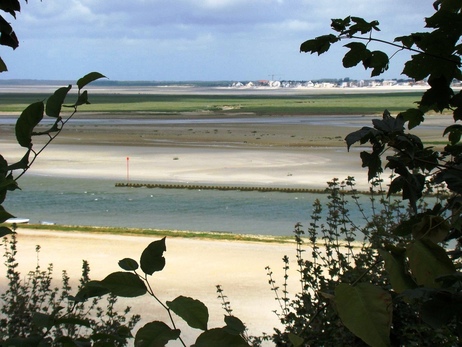
Comments